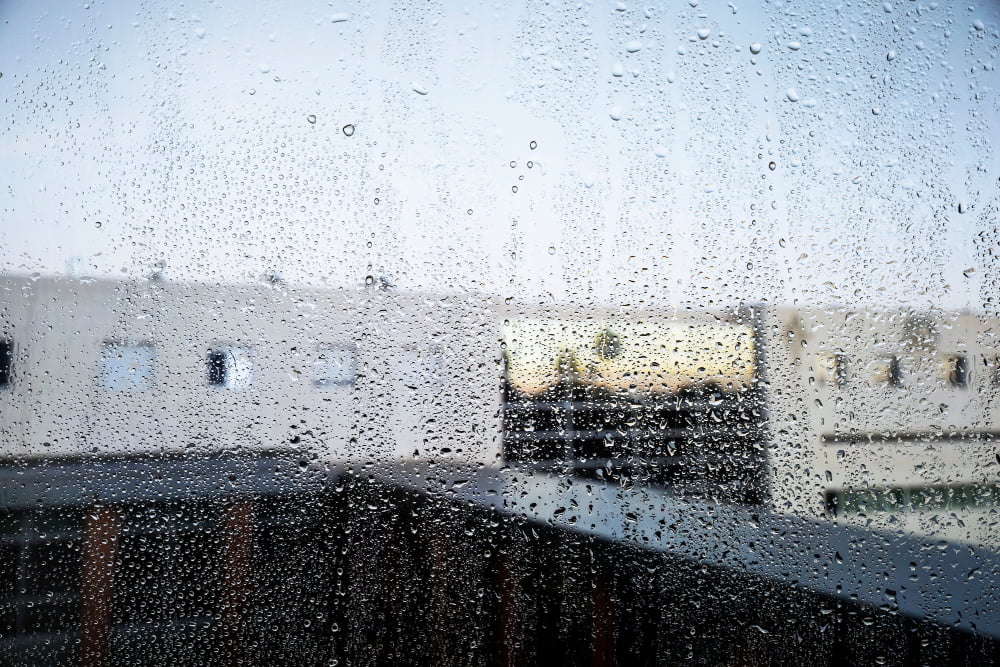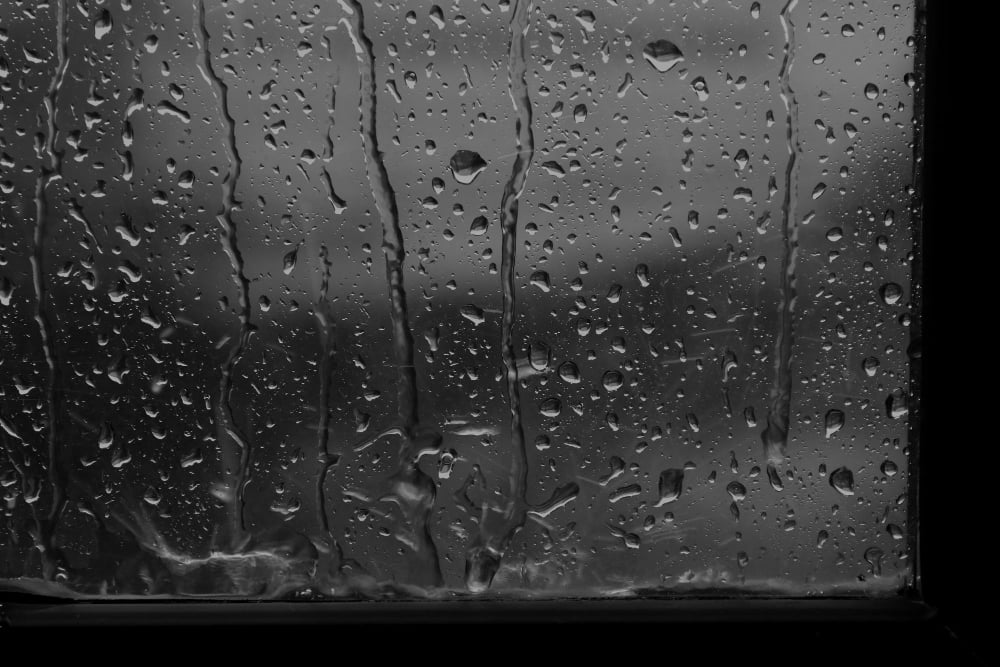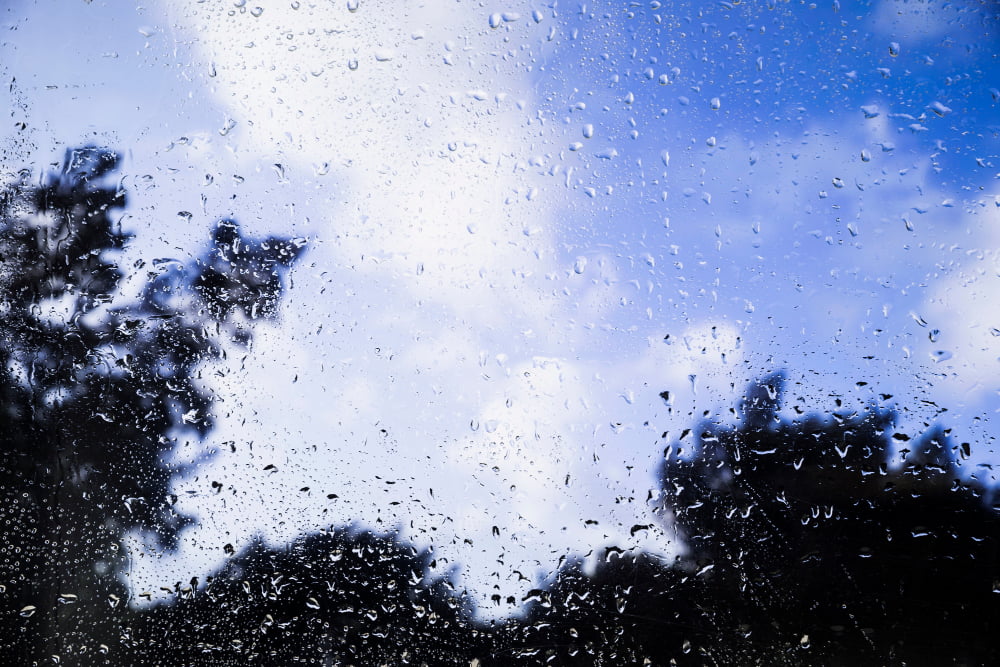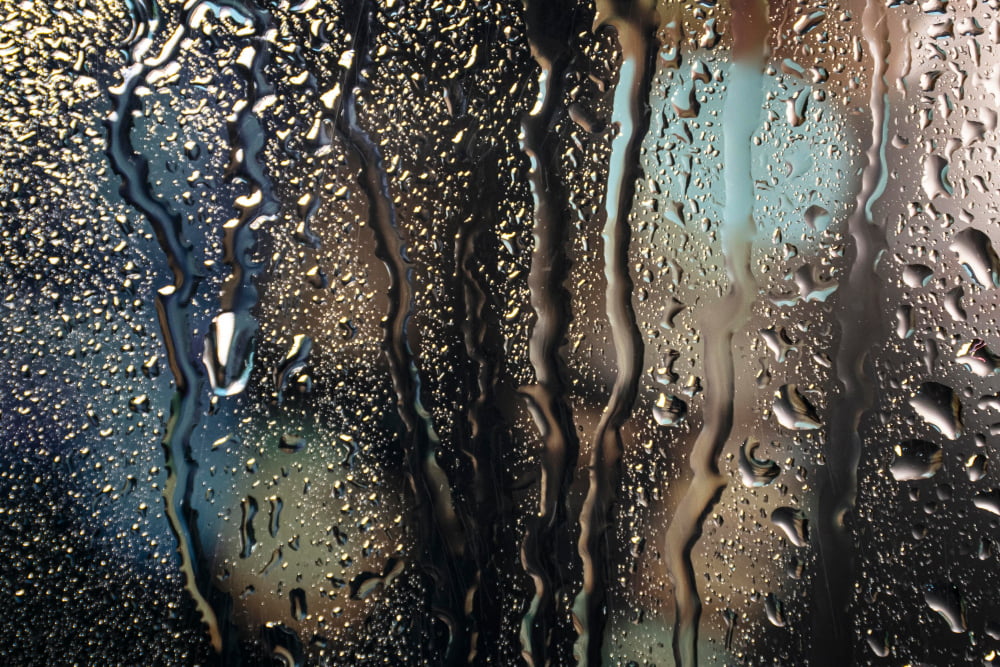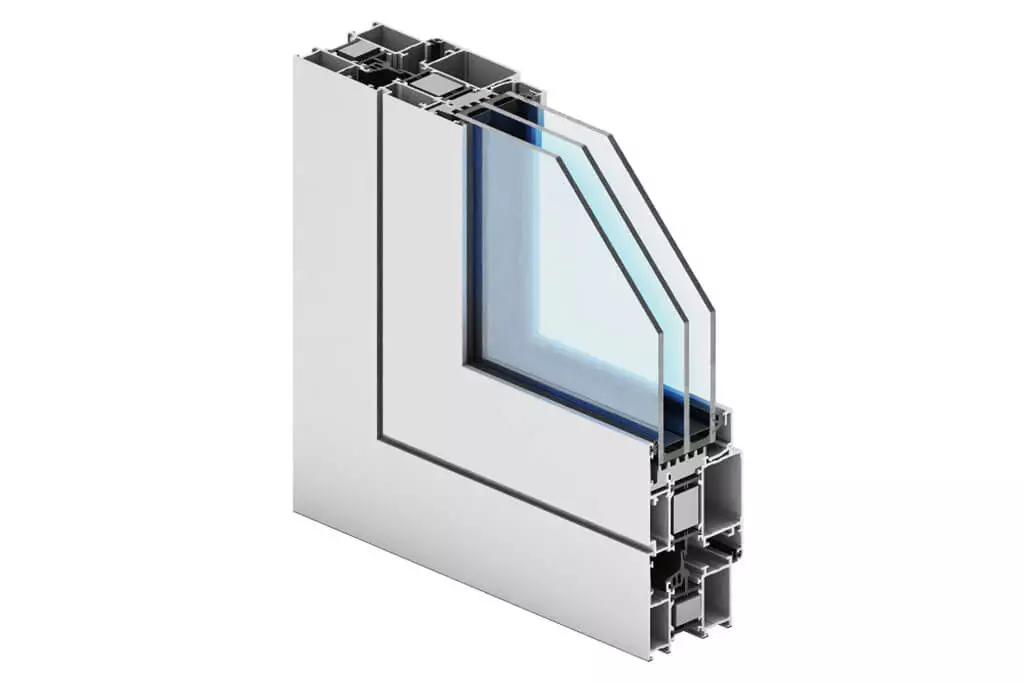
impact
windows
Understanding Hurricane Windows
Hurricane windows, also known as impact windows or reinforced windows, are purposefully crafted and strengthened to offer defense against the destructive forces of hurricanes, high winds, heavy rainfall, and other severe weather conditions.Are you interested in purchasing an impact windows?
Get expert advice and a free quote.
Key Attributes of Hurricane Windows:
- Reinforced Construction: These windows are crafted from robust materials like aluminum, steel, or specialized plastics, ensuring exceptional durability compared to conventional windows.
- Enhanced Mounting Systems: Specialized mounting systems are employed during installation, establishing a sturdy connection between the window and the building structure, enhancing resistance to strong winds and atmospheric pressure.
- Durable Glass: Hurricane windows typically feature tempered or laminated glass, significantly boosting resistance to impacts and minimizing the risk of damage and accidents during hurricanes. Moreover, a protective film enhances flexibility against intense pressure and potential shattering.
- Stringent Testing and Certification: Hurricane windows undergo rigorous strength tests to secure certifications affirming their capability to withstand hurricanes and extreme weather conditions effectively.
These attributes make hurricane windows an effective solution for safeguarding buildings against damage from severe weather conditions, while also prioritizing the safety and comfort of building occupants.
Varieties of Hurricane Windows:
There exist several types of hurricane windows, each offering unique features and advantages:
- Reinforced Laminated Glass Windows: These windows employ laminated glass comprising multiple layers bonded with a laminated film, enhancing resistance to impacts and dispersal, thus minimizing damage risks.
- Tempered Glass Windows: These windows undergo a tempering process, elevating their resistance to impacts and reducing damage risks, particularly beneficial in hurricane-prone areas.
- Reinforced Aluminum or Steel Frame Windows: Featuring frames crafted from reinforced aluminum or steel, these windows enhance resistance to wind pressure and external forces.
- Reinforced PVC Profile Windows: uPVC windows can be reinforced with metal inserts or thicker PVC profiles to bolster resistance to hurricanes and extreme weather conditions.
- High-Strength Locking System Windows: Some hurricane windows boast advanced locking mechanisms, offering additional protection against wind and rain.
- Hurricane-Certified Windows: Specially designed and tested to meet stringent standards for hurricane resistance, these windows often carry certifications affirming their efficacy.
The selection of suitable hurricane windows depends on individual preferences, local building codes, and specific climatic conditions in the area. Consulting with a professional can aid in selecting the optimal solution for a particular building.
Understanding Window Vulnerabilities During Hurricanes:
When hurricanes strike, windows face formidable challenges from powerful winds and heavy rainfall, potentially resulting in various reactions and hazards. Here’s what can occur:
- Wind Pressure: Hurricane-force winds can exert immense pressure on windows, attempting to breach the building’s interior. Traditional windows, lacking reinforcement, may suffer damage or breakage.
- External Impacts: Debris carried by hurricane winds, such as tree branches or airborne objects, can strike windows, causing damage or glass breakage.
- Pressure on Closures: Intense winds can place significant stress on window closures, leading to damage or even their opening, heightening the risk of structural damage and water infiltration.
- Flooding: During floods or heavy rainfall, inadequately sealed or protected windows may become flooded, exacerbating water ingress into the building.
- Air Leaks: Weak or damaged windows can allow hurricane winds to infiltrate the building, resulting in energy loss and challenges in maintaining indoor temperatures.
Thus, investing in hurricane windows or implementing appropriate preventive measures, such as installing hurricane shutters, is crucial for mitigating the risks posed by windows during hurricanes.
How are hurricane windows tested?
Testing hurricane windows is extremely important to ensure they are effective in providing protection against strong winds, impacts, and other extreme weather conditions. There are various standards and testing procedures used to assess the strength and effectiveness of hurricane windows.Here are a few main testing methods:
Impact Resistance Tests: During these tests, windows undergo impacts simulating the effects of debris, branches, or other objects carried by strong winds during a hurricane. Various parts of the window are tested, including glass, frames, and mounting elements.
Wind Pressure Tests: Windows are subjected to wind pressure tests, where intense winds of varying strength and direction are simulated. Windows are evaluated for their ability to maintain structural integrity and prevent air leakage during extreme windy conditions.
Waterproof Sealing Tests: Windows are tested for their ability to prevent water leakage into the building during heavy rain or external water inundation, which can be significant during hurricanes and floods.
Opening and Closing Cycle Tests: Windows undergo tests to evaluate how well their opening and closing mechanisms function in extreme weather conditions. These tests assess the strength of locks and hinges and their ability to maintain structural integrity.
Extreme Temperature Resistance Tests: Some tests may involve exposing windows to extreme temperatures to assess their durability and stability in changing weather conditions.
These tests are often conducted according to specific industry standards and norms, such as the American standard ASTM E1996 for hurricane windows and doors. Testing ensures that hurricane windows meet the necessary requirements for strength and effectiveness in extreme conditions.
Browse below
Technical Information for Professionals
Models of hurricane windows we offer:
IMPERIAL impact windows:
Setting the Standard for High Thermal Insulation
- Tailored for windows, doors, and shop windows requiring superior thermal insulation.
- Achieves impressive thermal insulation through the application of specialized thermal inserts strategically placed between thermal separators and around the glass pane.
- Offers a plethora of shapes within the system, ensuring both desired aesthetics and structural integrity.
- Facilitates the installation of windows within facade systems for versatile application.
- Glazing strips are available in rectangular and circular variants to accommodate diverse design preferences.
- Profile shapes are compatible with various peripheral hardware, including hidden hinges and uPVC hardware.
- Wide range of glazing options, including single and double cavity, acoustic, and anti-burglary glass panes.
- Profile drainage available in traditional and hidden variants for optimal functionality.
- Flexibility of profile bending, with detailed specifications and technical parameters accessible to customers.
- Suitable for both residential and public buildings, offering modern window solutions in multiple configurations.
- Based on the proven and extensive base system of Imperial, ensuring reliability and recognition.
- Extensive color options, including selections from the RAL palette (Qualicoat 1518), structural colors, Aliplast Wood Colour Effect (Qualanod PL-0001), anodized (Qualanod 1808), and bi-color choices, catering to diverse design preferences.
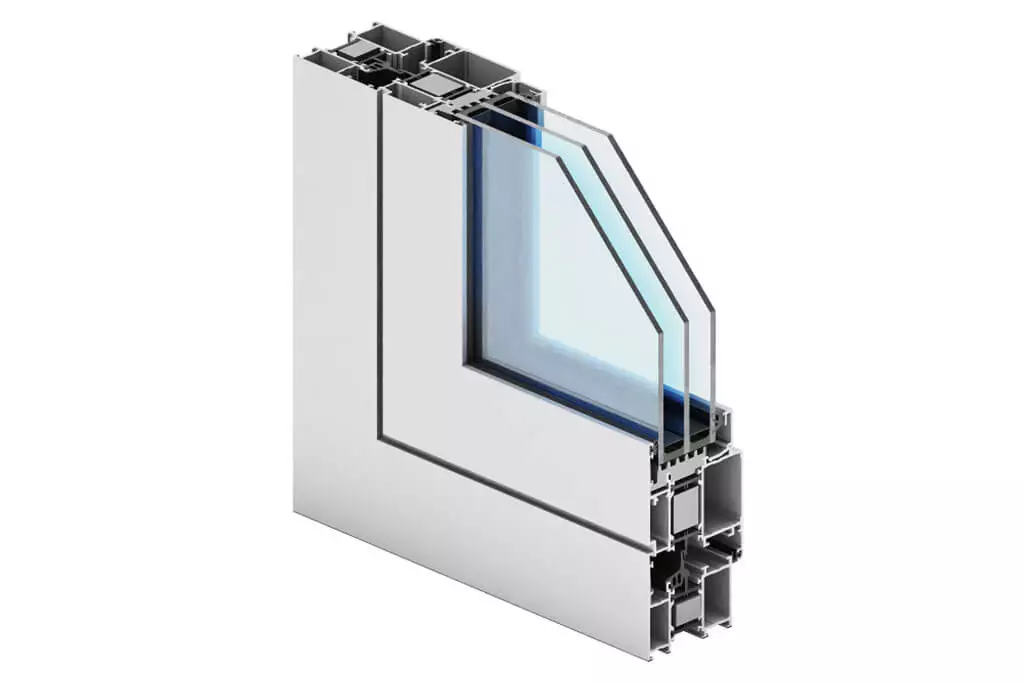
Technical specification
| System | Material | Depth of frame | Depth of leaf | Glazing range | Type of windows |
| IP | aluminium/ polyamid | 29⁄16in | 229⁄32in | 05⁄32in-21⁄64in | single and double windows, outside opening, inside opening |
Performance
| System name | Design Pressure (DP) | Structural Pressure (STP) | U-Factor | SHGC (Solar Heat Gain Coefficient) | Visible Transmittance | Condensation Resistance |
|---|---|---|---|---|---|---|
| Imperial Tilt Turn Window | +45.1psf | +67.7psf | from 0.24 | from 0.12 | from 0.10 | 55 |
| Imperial Fixed Window | +75.19psf | +112.78psf | from 0.16 | from 0.13 | from 0.15 | 49 |

